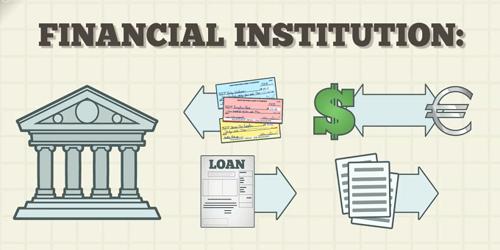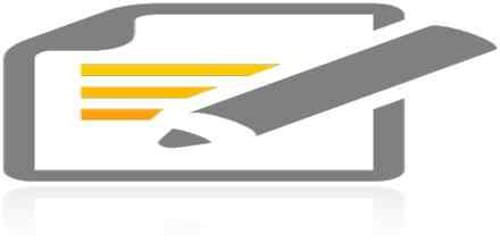The simple answer would be:
Current balance = our actual balance
Available balance = the amount we can draw on, meaning use
For example, we have a current balance in our account of $200, but $30 of it is a check that was deposited but hasn’t cleared yet. So until that check clears, we only have $170 available.
Two of the most commonly confused terms used in the financial sector are “Available Balance” and “Current Balance.” Although these terms seem very similar, they refer to two very different things. Knowing the difference might just save you some money in fees.
Our available balance is the amount we can spend right now. To determine whether we have enough money in our account to cover a transaction, we use our account’s available balance which is based upon the deposits and withdrawals to our account and all pending electronic transactions, including pre-authorized transfers, point of sale transactions, and merchant payment authorizations (regardless of whether they have posted to our account).
Sometimes we will see an available balance that’s lower than our current balance. In those cases, we can only spend our available balance (or less if we have outstanding checks), and the rest of the money is being held by our financial institution. Current balances include all of our money, including all available funds PLUS funds that are being held. The current balance is also referred to as Account balance. However, some of the individuals may confuse the term ‘current’ with the updated amount shown in your bank account, but this may not always be the case, because the purchases you make or any other charges, fees, or deposits that you make after the business day closes do not appear until the next business day.
Now, imagine a check of Bank ABC and for the deposit on your account on Bank XYZ. When you presented the check for the deposit on your bank account, it becomes part of your Current Balance. However, there is what we call the clearing process which requires normally 3 to 5 days to make sure that the check was really funded. The bank hold or restricts that specific amount for withdrawal. Since the check was issued by other banks, the check will need to pass the clearing process before it becomes Available for withdrawal.
Chances of Error –
It is quite common for an individual or a layman to confuse these two account balances when he uses one of these balances as a reference point. As a result, the chances of errors increase and he may have to pay the penalty because of that confusion. Therefore, it is important for us to understand that the available balance may not always reflect the true picture of our account, if, for example, we make an overnight purchase. Sometimes, the account charges appear a few days later than expected, due to which the account holder exceeds the allowed limit and he is unable to understand as to how he/she has exceeded the limit. It is not possible to remove each and every chance of error that is likely to occur unless of course, we reconcile our business or personal records with our account ledger on a regular basis.
If we are doubtful and confused about the available and current balance, we should refer to our bank statement, or the list of transactions to review our spending, because wire transfers, withdrawals, and deposits also appear on our transaction list. Therefore, an available balance should be compared with the starting balance of the month and the listed transactions on the statements in order to make sure all the transactions are accounted for correctly and accurately.
For example, assume our available and current balance are both $50, and we swipe our debit card at a restaurant for $20. A hold is placed on our account, so our available balance is only $30. Our current balance is still $50. Before the restaurant charge is sent to us for processing, a check that we wrote for $40 clears. Because we have only $30 available (we have committed to pay the restaurant $20), our account will be overdrawn by $10, even though our current balance is $50. In this case, we paid the $40 check. We will be charged an overdraft fee. Instead of paying the $40 check, we could have returned the check and would have charged us a non-sufficient funds fee. The fees (overdraft or non-sufficient funds) will be deducted from our account, further reducing the balance.
Information Sources:
















